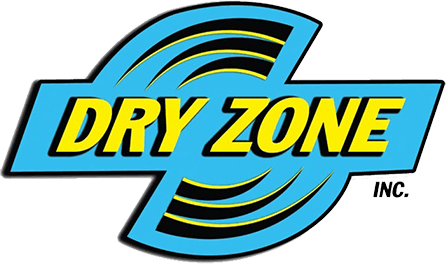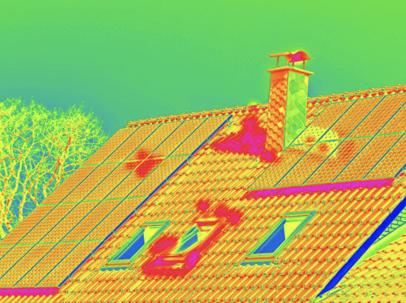When water damage is suspected in a home or business, one of the most important things to do is accurately identify the source of the problem. This is often easier said than done, as it may take time to determine which areas are affected and the severity of the damage.
Fortunately, infrared cameras provide a powerful tool for detecting water issues without resorting to invasive and costly methods. Let's look at how these cameras work and why they're so helpful in identifying water damage in homes and businesses.
How Infrared Cameras Work
Infrared cameras use unique technology to detect variations in temperatures across an area. These temperature variations can then pinpoint areas with hidden moisture or dampness. The camera emits a beam of infrared light that collects data on the surface temperature of whatever it's pointed at, which converts it into an image. This technology allows technicians to quickly identify areas with higher-than-normal temperatures due to water seepage or trapped moisture in walls, ceilings, and floors.
The Benefits of Using Infrared Cameras to Detect Water Damage
Using infrared cameras to detect water damage has many benefits over traditional detection methods.
Pinpoint the Damage
For one thing, it allows technicians to pinpoint exactly where a leak is located without having to do demolition work or tear out sections of walls and floors to find it. They save time and money since they won't have to do complete renovations if they can identify and fix the issue immediately.
Non-Invasive
Additionally, infrared cameras are non-invasive, which makes them an ideal tool for those who want to avoid destructive testing techniques while still being able to pinpoint the exact locations of leaks quickly and accurately.
Shows Damage in More Detail
Another benefit of using infrared cameras is that they allow technicians to get a better picture of what's happening behind walls without opening them up or using destructive testing methods such as drilling holes into walls or ceilings. This makes them much more efficient when looking for hidden moisture issues that could lead to mold growth or worse down the line if left unchecked.
Eliminates Threat of Dangerous Gas
Plus, with an infrared camera, you don't have to worry about any dangerous gasses, like radon, escaping from behind walls during testing processes because there is no need for any drilling or other invasive methods.
If you suspect water damage is hiding behind your walls or in your ceiling, save time and money by scheduling an infrared camera inspection with an experienced professional. At DryZone, we have the knowledge and technology you need to rid your home of water damage in the least invasive way possible. Give us a call today! (239) 360-5207


